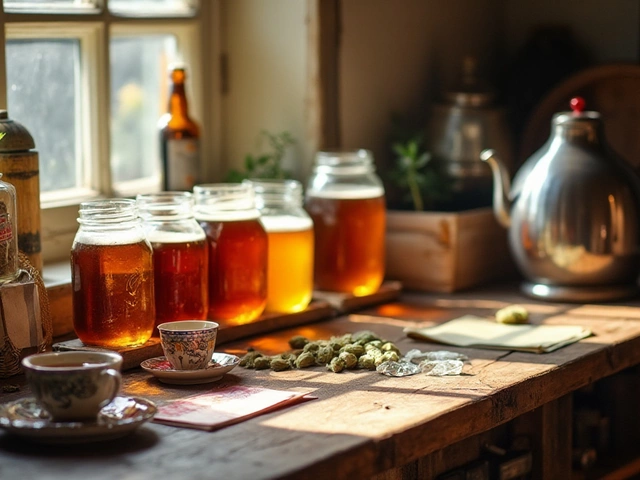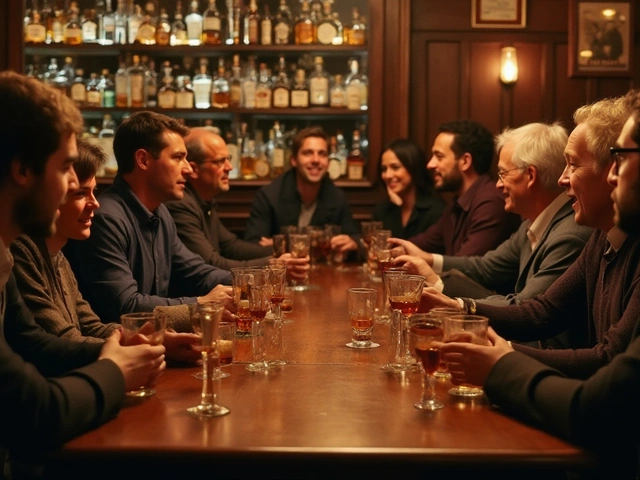Historical Beer: A Fun Look at Brewing Through the Ages
If you ever wonder why your pint tastes the way it does, the answer lies in thousands of years of trial and error. Brewing began long before fancy glassware, when people stumbled onto fermentation by accident. From simple grain mash to the complex ales we love now, each step left a mark on culture, economy, and even religion.
From Grain to Goblet: Early Brewing Techniques
Archaeologists have found evidence of fermented drinks in Mesopotamia dating back 7,000 years. Those early brews were more like thick porridge than today’s crisp lager. People mixed barley, water, and wild yeast that floated in the air, let it sit, and ended up with a low‑alcohol drink that was safer than raw water.
In ancient Egypt, brewers became respected artisans. They brewed for everyday workers and for the pharaoh’s tombs. Recipes were carved on stone tablets, describing how to add dates or honey for extra flavor. The Egyptians also used large, clay vats that let the mash ferment for several days, creating a slightly sour, nutty beverage.
Across Europe, the Celtic tribes brewed with honey and herbs, producing what we now call “gruit” ales. No hops yet, but a mix of heather, bog myrtle, and rosemary gave the drink a unique bite. These herbal ales were often consumed during festivals, linking beer to celebration from day one.
Medieval to Modern: How Beer Evolved
When monks entered the picture in the Middle Ages, brewing got a serious upgrade. Monastic breweries kept detailed records, standardized recipes, and introduced hops around the 9th century. Hops acted as a natural preservative, letting beer travel farther and stay fresher longer. This is why you’ll still see “Monk’s Brew” on modern label stickers.
The industrial revolution turned brewing into a science. Steam power, pasteurization, and glass bottles meant brewers could produce consistent flavor at scale. German Reinheitsgebot (the Beer Purity Law) in 1516 insisted on just water, barley, and hops—rules that still influence craft brewers today.
Fast forward to the 20th century: Prohibition, world wars, and the rise of lagers reshaped the market. After the 1970s, a new wave of homebrewers rediscovered old recipes and started experimenting with yeast strains, barrels, and fruit additions. That hobby sparked today’s craft beer boom, where historical styles like Gose, Lambic, and Barleywine are back in the spotlight.
So, why does this matter to you? Knowing the journey of beer helps you appreciate the flavors in your glass. A hint of coriander might trace back to a medieval gruit, while a crisp hop bite reflects centuries of preservation tricks. Next time you raise a pint, think of the ancient hands that first turned grain into drink, and enjoy the story in every sip.
Step back in time, to the rugged days of the Wild West, exploring the kind of beer that cowboys enjoyed after their long days on the trail. Discover the influence of German immigrants, the rise of brewing in the American frontier, and how these historic concoctions live on today. See how modern festivals celebrate this unique heritage, offering a taste of history with every sip. This journey reveals the blend of authenticity and innovation that has kept cowboy beer alive through the ages.
View Details

